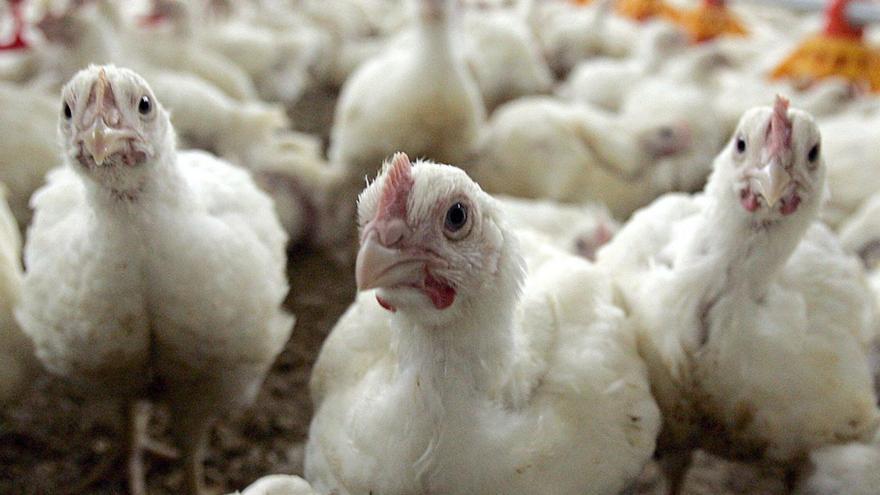World’s first human death from bird flu recorded in Mexico

The World Health Organization (WHO) reported the world’s first death from avian influenza AH5N2, which was discovered in a laboratory in Mexico. The victim, according to official information, was a 59-year-old man who died on April 24. The source of the virus reported in poultry in Mexico is currently unknown. Apparently, this was a man with many health problems who eventually died from this flu.
“This is the first laboratory-confirmed human case of influenza A(H5N2) virus infection reported worldwide and the first A(H5) virus infection reported in a human in Mexico,” WHO warned on its website.
As immunologist and researcher at the Supreme Council of Scientific Research (CSIC) Matilda Canelles said, this strain of influenza A virus is not related to the one that circulates in cows in the United States.
This country has one of the worst outbreaks of influenza A on dairy farms, but in this case it is H5N1 avian influenza. “We fear that the virus that is transmitted in cows in the U.S. will continue to mutate and eventually cause more severe symptoms in humans,” Canelles says.
There are currently at least two human cases of the virus reported in the United States. “The first case had conjunctivitis, but the second already had respiratory symptoms,” he warns.
For this reason, although the Mexican case “needs to be separated” from the US cases, the immunologist urges monitoring for possible mutations of this virus. “There is always concern about bird flu deaths because there are usually few of them. But it is the strain (that caused the death of the 59-year-old man) circulating among birds in Mexico. “I would be much more worried if it was because of tensions in the US,” he admits.
Canelles believes the world is watching “live” the development of what could become the “next pandemic.” “This American strain has evolved in birds over many years. Then he moved on to mammals: sea lions, cats… The cow thing is new. That’s why it’s worrying. Because it follows an evolution that we haven’t seen so far,” says Canelles, who believes the US should be testing “a lot more than they are testing” and it’s possible that “asymptomatic human cases” are slipping through the cracks.
The US strain of H5N1 has also been found in Europe, but not in cows. It was this strain that caused outbreaks of the disease on mink farms. Why is it important that this happens in cows?
“The cows and pigs are worried. Cows have the same avian influenza virus receptor in their udders as humans do. There is a danger that the virus will recombine and attack people,” says a CSIC researcher.
Epidemiologist Joan Kayla, a member of the Spanish Society of Epidemiology (SEE), believes that the various existing cases of influenza must be thoroughly investigated to know whether outbreaks of avian influenza are occurring or not. “Death is always disturbing. Until now, we have been concerned about H5N1 avian influenza because there have been several human cases reported in the United States. This (Mexico case) is a little different. Now we need to see if flu cases increase in the area,” says Kayla.
